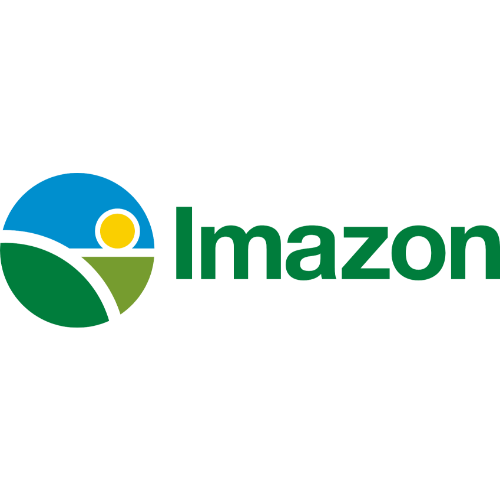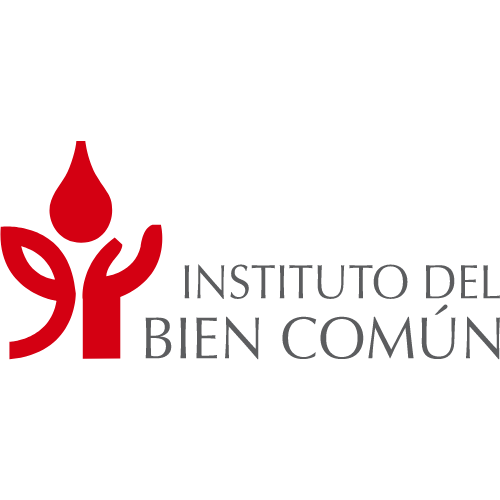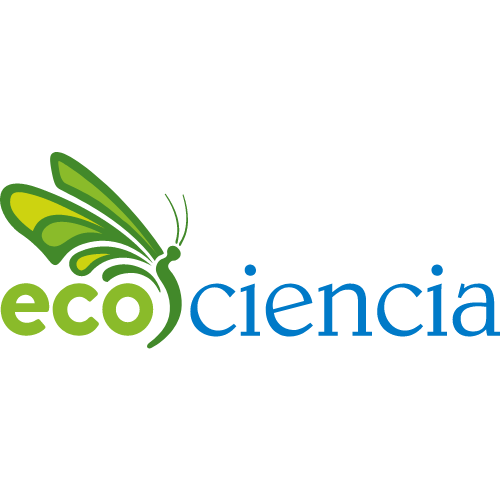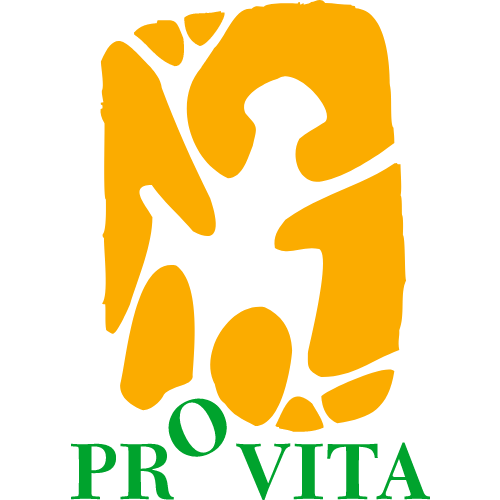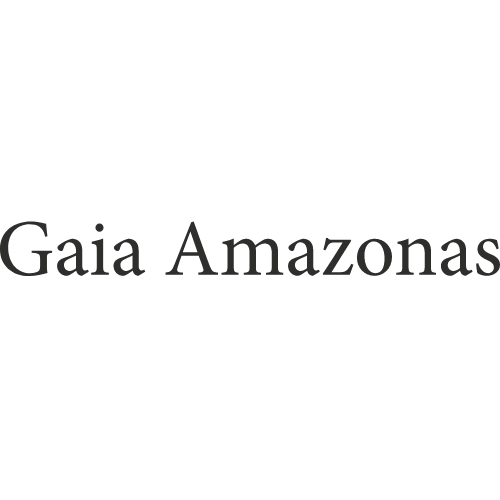The Amazon is a region that has attracted the world's attention for its huge biodiversity, broad hydrographic network, cultural diversity, and the role it plays in regulating the climate as the most extensive continuous tropical forest on the planet.
The RAISG has common protocols for the collection, compilation, analysis, and representation of the data having common legends for all countries.
The Amazon is understood as the set of national Amazon regions located in Bolivia, Brazil, Colombia, Ecuador, Guyana, Guyane Française, Peru, Suriname and Venezuela.
The recognition of the territorial rights of indigenous peoples and the establishment of natural protected areas are crucial for safeguarding socio-environmental diversity. Together, IT and PNA cover 47.2% of Amazonia, with an overlap of 18% (420,563 km2).
Amazonia is not isolated from the impact of infrastructure and extractive industry mega-projects, such as highway and road construction, building of hydroelectric plants, and mining and oil concessions.
Road construction promotes the development of markets and of some societies, also, encourages unplanned land occupation, promotes socio-environmental change and generates environmental pollution.
The Amazon basin is seen by governments and other stakeholders as an inexhaustible source of water resources useful for hydroelectric production.
The Amazon countries have a vast concentration of oil reserves. By their nature, depending on the phase at which they are found, extractive activities pressurise and threaten ecological balance and communities inhabiting the region.
The increase in the price of gold in the international market in recent years has encouraged the expansion of this extractive activity in the region.
The transformation of natural ecosystems into areas of agricultural use occurs in two ways: deforestation of forest ecosystems and replacement of non-forest natural ecosystems.
According to figures from RAISG, the loss of native forest increased steadily between 2000 and 2018 in all the countries that comprise Amazonia, and illegal extraction also spread as a practice.
The devastation of the Amazon region is also driven by the expansion of illicit crops, this industry is also an important vector of environmental pollution, affecting water courses and impacting biodiversity.
The illegal development of mining, especially of gold, affects 17.3% (129) of the Protected Natural Areas and 10% (664) of the Indigenous Territories of Amazonia.
From a regional perspective, most of the Amazon territory in all the countries is under some sort of pressure, with a prevalence of moderate and high indices.
Accumulated deforestation reached 513,016 km² between 2000 and 2018. The triggers of this process, are associated with legal or illegal extractive activities, agricultural activities, and infrastructure projects.
Fire, a tool used for centuries by indigenous peoples in Amazonia, has been used on a large scale by other actors in recent decades, which has led to the conversion of vast areas of tropical forests into agricultural landscapes
The measurement of forest cover to obtain estimates of changes in biomass and, as a consequence, carbon storage, has become a tool in the fight against climate change.
The analysis also considered the symptoms and consequences of environmental degradation caused by human activity in these protected areas, where degradation is marked by changes in natural cover and the loss of natural resources.
Over the years, various studies, investigations, and reports have argued the importance of ITs and PNAs for environmental protection. These management units serve in Amazonia as conservation spaces, while deforestation continues to expand.
In the last decade there has been an accelerated rate of growth of Pressures and Threats, as well as their Consequences and Symptoms in Amazonia.

